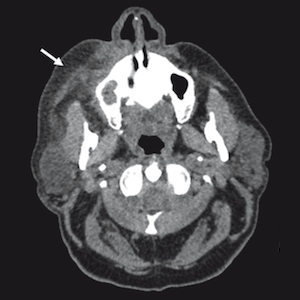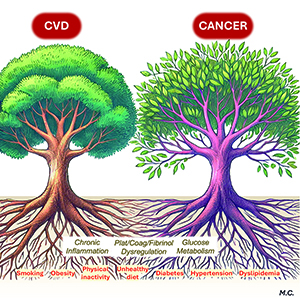Allopurinol-induced acquired von Willebrand syndrome

Submitted: 20 June 2023
Accepted: 6 October 2023
Published: 25 October 2023
Accepted: 6 October 2023
Abstract Views: 1538
PDF: 166
Publisher's note
All claims expressed in this article are solely those of the authors and do not necessarily represent those of their affiliated organizations, or those of the publisher, the editors and the reviewers. Any product that may be evaluated in this article or claim that may be made by its manufacturer is not guaranteed or endorsed by the publisher.
All claims expressed in this article are solely those of the authors and do not necessarily represent those of their affiliated organizations, or those of the publisher, the editors and the reviewers. Any product that may be evaluated in this article or claim that may be made by its manufacturer is not guaranteed or endorsed by the publisher.
Similar Articles
- Agnes Y.Y. Lee, Venous thromboembolism treatment in patients with cancer: reflections on an evolving landscape , Bleeding, Thrombosis and Vascular Biology: Vol. 3 No. s1 (2024): 12th ICTHIC
- Gaetano Torlone, The metaphor of Ukrainian science “bleeding” , Bleeding, Thrombosis and Vascular Biology: Vol. 2 No. 1 (2023)
- Giuseppe Camporese, Paolo Prandoni, Walter Ageno, Aspirin or low-molecular weight heparin for thromboprophylaxis after a fracture? That is the question , Bleeding, Thrombosis and Vascular Biology: Vol. 2 No. 2 (2023)
- Pier Mannuccio Mannucci, An ecological alliance against air pollution and cardiovascular disease , Bleeding, Thrombosis and Vascular Biology: Vol. 1 No. 1 (2022)
- Gualtiero Palareti, Management of atrial fibrillation: a practical and useful synopsis of last guidelines , Bleeding, Thrombosis and Vascular Biology: Vol. 4 No. 1 (2025)
- Anna Poretto, Elisabetta Borella, Giacomo Turatti, Michelangelo Marobin, Elena Campello, Daniela Tormene, Paolo Simioni, Luca Spiezia, Association between non-O blood type and early unexplained recurrent spontaneous abortion in women with and without inherited thrombophilia , Bleeding, Thrombosis and Vascular Biology: Vol. 1 No. 3 (2022)
- Ottavia Borghese, Claudio Vincenzoni, Commentary on “Preventive percutaneous coronary intervention versus optimal medical therapy alone for the treatment of vulnerable atherosclerotic coronary plaques (PREVENT): a multicenter, open-label, randomized controlled trial” , Bleeding, Thrombosis and Vascular Biology: Vol. 3 No. 2 (2024)
- Francesco Marongiu, Elvira Grandone, Silvia Marongiu, Antonella Mameli, Doris Barcellona, Stroke in women: anticoagulation in a complicated puzzle , Bleeding, Thrombosis and Vascular Biology: Vol. 3 No. 2 (2024)
- Nadim Tawil, Lata Adnani, Janusz Rak, Coagulome and tumor microenvironment: impact of oncogenes, cellular heterogeneity and extracellular vesicles , Bleeding, Thrombosis and Vascular Biology: Vol. 3 No. s1 (2024): 12th ICTHIC
- Mehrie H. Patel, Alok A. Khorana, New drugs, old problems: immune checkpoint inhibitors and cancer-associated thrombosis , Bleeding, Thrombosis and Vascular Biology: Vol. 3 No. s1 (2024): 12th ICTHIC
You may also start an advanced similarity search for this article.

 https://doi.org/10.4081/btvb.2023.88
https://doi.org/10.4081/btvb.2023.88










